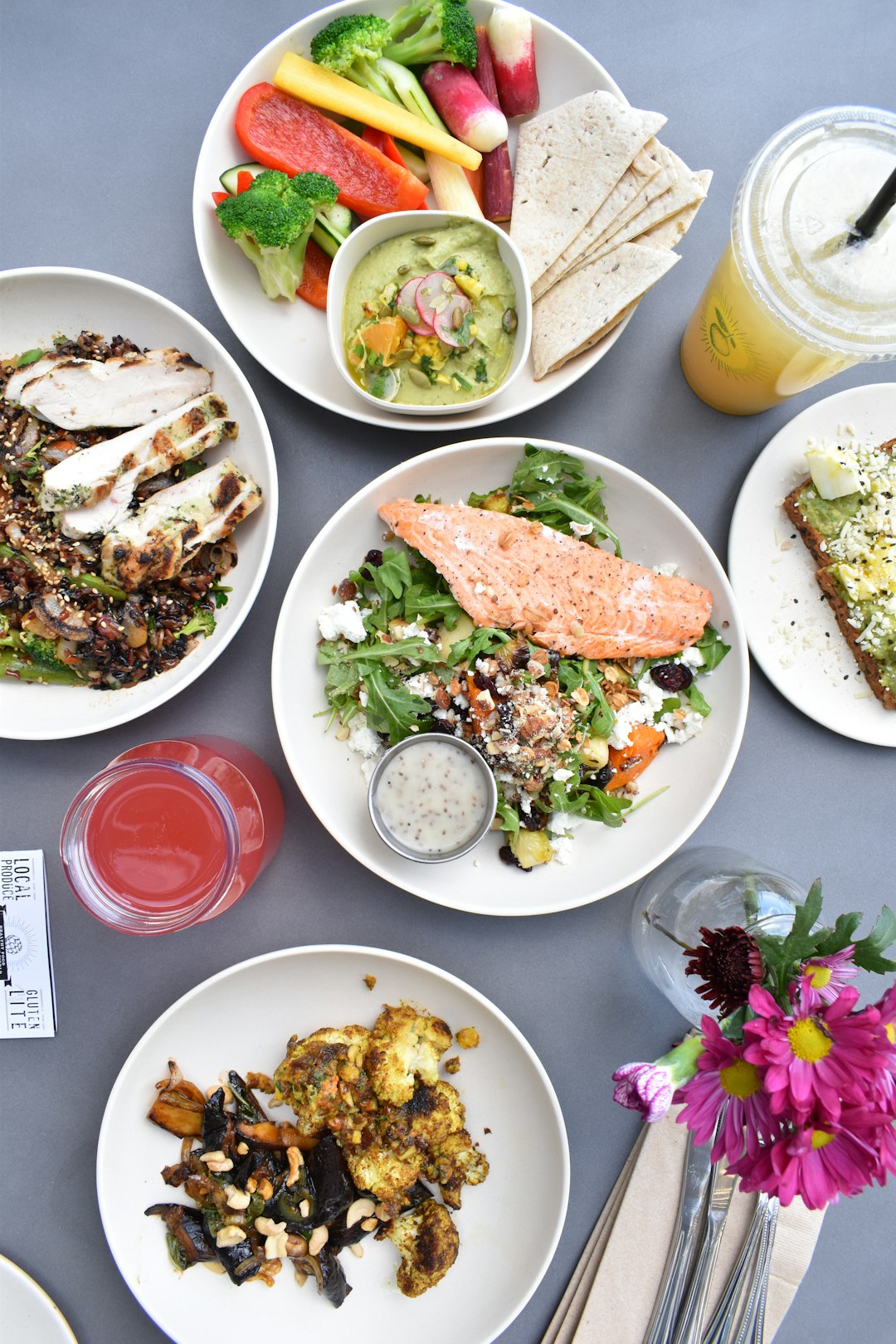Wine and food have been enjoyed together for centuries, with the right pairing enhancing both the flavors of the food and the wine. The art of matching wine with food has evolved over time, with chefs and sommeliers constantly exploring new flavor combinations to create the perfect dining experience.
Exploring the world of wine and food pairings can be a fun and rewarding experience. There are no hard and fast rules when it comes to pairing wine with food, but there are some general guidelines that can help you create a harmonious match.
One of the basic principles of wine and food pairing is to match the intensity of the wine with the intensity of the food. For example, a light, delicate white wine would be overwhelmed by a rich, heavy dish like steak. Instead, opt for a fuller-bodied red wine that can stand up to the bold flavors of the steak.
Another important factor to consider when pairing wine with food is the acidity of the wine. Wines with high acidity can help cut through fatty foods, making them feel lighter and more refreshing. For example, a crisp Sauvignon Blanc would pair well with oily fish like salmon, while a high-acid red wine like Barbera complements rich tomato-based pasta dishes.
When pairing wine with food, it’s also important to consider the flavor profile of the wine. Some wines have a fruity or floral character, while others are more earthy or spicy. Matching these flavor profiles with complementary flavors in the food can create a winning combination. For example, a fruity Pinot Noir would pair well with dishes that have a hint of sweetness, like roasted duck with cherry sauce.
Experimenting with different wine and food pairings can be a fun and educational experience. Hosting a wine tasting party with friends or attending a wine pairing dinner at a restaurant are great ways to expand your palate and discover new flavor combinations.
There are also many resources available to help you navigate the world of wine and food pairings. Books, magazines, and online resources offer tips and suggestions for matching wine with different types of cuisine. Many wineries and wine shops also offer wine pairing classes and events where you can learn from experts in the field.
Ultimately, the best way to explore the world of wine and food pairings is to experiment and trust your own taste buds. Don’t be afraid to try unconventional pairings or mix things up by pairing different wines with the same dish to see how the flavors interact. With a little bit of creativity and an open mind, you can create unforgettable dining experiences that will leave your taste buds singing.
In conclusion, exploring the world of wine and food pairings is a delightful journey that can elevate your dining experience to new heights. Whether you’re a seasoned wine lover or just starting to dip your toes into the world of wine, there is always something new to discover and enjoy. So raise a glass, savor a delicious meal, and let the adventure begin! Cheers!

